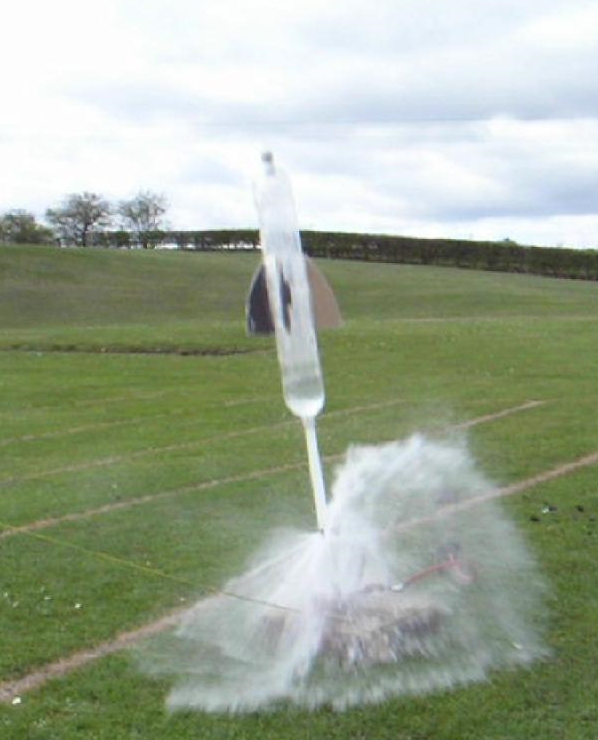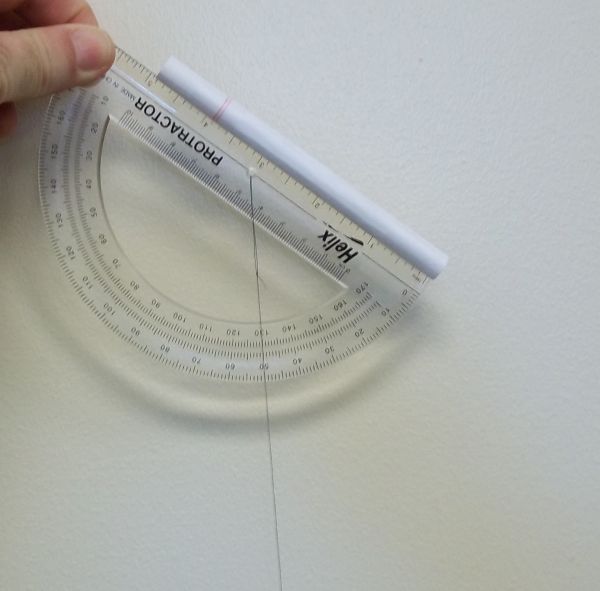Last week, after the post about the “tipping buckets” problem, I heard from a really wonderful high school mathematics teacher who works here in Delaware. She had some really nice ideas about how to adapt and use this problem in a unit about linear and piecewise linear functions. This got me thinking…her approach to developing modeling activities was exactly the right way to do things. She was starting with the science, not the math.
Teachers working to implement mathematical modeling in their classrooms for the first time often, understandably, have the opposite instinct. That is, it is tempting to look at your syllabus or textbook topic by topic and think “How could I find a modeling problem that fits into this particular topic?” Teachers who push forward with that strategy often then find their problems feeling “forced” or contrived, and are disappointed when their students don’t end up excited by the activity. I’d argue that with this approach, that is, starting with the math and then finding the science, you’re more likely to end up with forced or contrived problems and to lose the whole sense of excitement and investigation that should accompany modeling activities.
Now, this is not to say that the strategy of “math first, then science” can’t work. In fact, I think it can work if you have a huge library of modeling problems in your head. Someone who has been engaged in mathematical modeling for a long time, can typically look at a topic and say “Oh, I know a neat problem that naturally leads to the study of…” But, for someone who is just starting out, and who doesn’t yet have this library, approaching things this way seems to, well, not work out very well.
So, instead, if you’re just starting out as a learner and teacher of mathematical modeling, I’d advocate you try the approach that our Delaware teacher took. Keep your eyes open, wade through STEM activities, see what your neighborhood science teacher is up to, visit science fairs and science museums, and approach what you see as a mathematical modeler. Would a mathematical model help me explain and understand what I’m observing? Would it help me predict what will happen next? As soon as the answer becomes “yes” to either or both of those questions, the mathematics will leap into your mind and you’ll know where in your curriculum an activity based on this idea would fit. And, it will fit naturally, the science will be genuine, and students will respond better to this authenticity.
Okay, these are all fine words, but I personally would be more convinced by an example. So, as I thought this notion of “start with the science, not with the math” through, I decided to try it out for myself, and see how well it worked. I started by Googling “STEM activities” and went from there. I quickly found myself at tryengineering.org, a really cool website that I highly recommend visiting. On their front page, you’ll find a link to 116 downloadable lessons plans in PDF format. You can search by age range and topic.
One of the first projects that caught my eye was “Water Rocket Launch,” a project that has teams of students learning about rocketry, engineering design, and building and launching their own water rockets. If you poke around on the web, you can find lots of sites with instruction and videos on water bottle rockets. They all basically look like and work like this one:
Now, going back to the activity at tryengineering.org, if you read through their lesson plan, you’ll see lots of engineering, lots of science, and even a little math thrown in when discussing Newton’s Laws. But, students are never asked or inspired to actually use math in any non-trivial way during this activity. Here’s where you come in! Why not do this activity in math class, or team up with your local science teacher and do it jointly, but carefully add in some mathematical modeling. The math you can incorporate ranges from simple applications problems like “How high did the rocket actually go?” where you can have students use a little trigonometry and one of these:
to challenging modeling problems like “How high could a water rocket possibly go?” Why not ask your students to predict how high their rocket will fly before they launch it? Why not make it a competition with prizes to the team with the highest flying rocket and to the team with the most accurate mathematical model predicting flight height? In doing any of this, not only are you bringing the use of mathematics into a cool STEM lesson plan, you’re bringing the lesson plan much closer to mirroring what STEM professionals actually do.
So, as you continue to work to incorporate the process of mathematical modeling into your classroom, keep the idea “start with the science, not the math” in mind. I think it’ll lead to less frustration and more success. Good luck!
– John


I’ve been facilitating PD this week with teachers from all disciplinary backgrounds. I had a fascinating conversation with a History/Social Sciences teacher the other day that made me think about EMK, common knowledge, and whatever we are calling the knowledge that is outside mathematics, but really crucial for mathematical modeling.
You could also start with knowledge of the social sciences, political science, or history and end up with a really cool mathematical modeling situation.
The teacher I was talking with described engaging students in the analysis of maps. I happen to have a great affinity for maps myself, and so of course I prompted her to talk more about this activity. She described a map of the trails early settlers took to head west in the US. Just the trails. No topography, no rivers, no settlements, etc. Students had to draw on their knowledge of these other ideas to make sense of the maps (why for instance they all converged at one location). The next step, after their analysis is to add a map to compare. Lots of choices here–different time period, different information; same time period, different information, you get the idea. Could you use this type of data to begin to make predictions about population growth? Location of cities? Size of cities, etc? (It also made me wonder for example, how this analysis can begin to explain the location, population, etc of Las Vegas… LOL) I immediately thought of how similar this process is to creating a great problem for mathematical modeling.
Then I started thinking about the activity from last year, predict the price of gas in 2025. When I think about my questions, used to formulate an analytical model, much of the information I needed to gather was driven by the social sciences and not science or mathematics (political stability where crude oil is drilled, political leanings of the current president, chances that the president in 2025 would be republican/democratic/independent, likelihood that the keystone pipeline would get built due to political pressures, the probability that political pressure would ban fracking in the next 1 yr, 2, yrs, 5, yrs…) and so on. Historians use patterns to predict like mathematicians.
So, while knowledge of science is a powerful tool to lead to great mathematical modeling tasks, I think there is a case to be made for knowledge of social sciences too!
Faith
Spot on with this write-up, I seriously believe that this website needs a great deal more attention. I’ll probably be returning to see more, thanks for the advice!